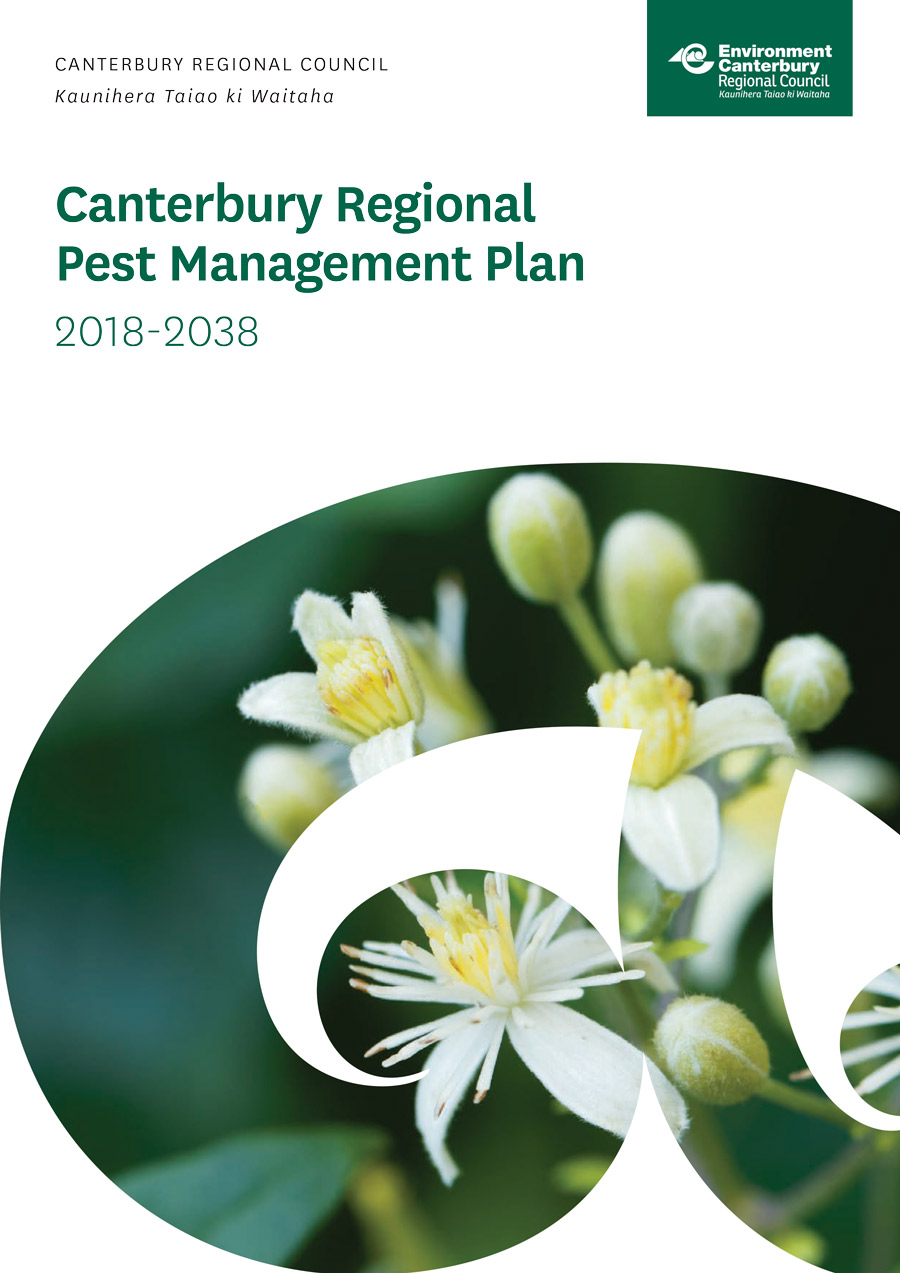Managing plant and animal pests
We are responsible for providing regional leadership in activities that prevent, reduce or eliminate adverse effects from declared pests present in Waitaha/Canterbury.
You can learn more about the identification and control methods for each of these species in the pest search – a library of over 100 species potentially impacting Waitaha/Canterbury.
Management approaches
Canterbury Regional Pest Management Plan (CRPMP): The CRPMP sets our priorities and goals for managing or eradicating specified harmful organisms (plant and animal pests) in the Canterbury region. Our approach is driven primarily by our CRPMP and the Biosecurity Act 1993. View all pests under the CRPMP.
National Pest Plant Accord (NPPA): Species under the NPPA are managed by MPI and have the potential to seriously damage the economy and environment. Some examples of these species are chocolate vine, aluminium plant, and pig's ear.
National Interest Pest Responses: These are harmful weedy species managed by MPI. These plants could have devastating effects on our economy, environment, social and cultural values if left to spread. An example is phragmites.
Unwanted organisms: These are legally declared pest species by MPI. It is capable of causing harm to the environment, resources or human health. Some examples of unwanted organisms are wallabies, velvetleaf and the freshwater gold clam.
Community led: These species occur regularly in the Waitaha/Canterbury environment but are not legally declared pests. However, they have the potential to cause adverse effects on our environment. Such species include pride of Madeira, stinking iris, and spur valerian.
It is important we have these management approaches for pest species in place as history has shown that, left unchecked, unwanted species and organisms thrive and dominate our precious landscapes.
About the Canterbury Regional Pest Management Plan
The Canterbury Regional Pest Management Plan (CRPMP) sets our priorities and goals for managing or eradicating specified harmful organisms (plant and animal pests) in the Canterbury region. The purpose of the CRPMP is to:
- minimise the actual or potential adverse or unintended effects associated with declared pests; and
- maximise the effectiveness of individual actions in managing pests through a regionally coordinated approach.
The CRPMP includes five programmes to manage declared pests. Each programme has objectives depending on the pest’s occurrence in Waitaha/Canterbury.
Inclusion of organisms in our pest plan
Many plants and animals in Waitaha/Canterbury are considered undesirable or a nuisance by the public.
To obtain pest status an organism must meet criteria outlined in the Biosecurity Act 1993. This process includes undertaking extensive public consultation and a cost-benefit analysis for each organism. This ensures the benefits of managing an organism outweigh the costs of control.
When considering the pest status of an organism, the following are considered:
- The organism’s adverse effects on values (economic, ecological, cultural, human health)
- Is regulation required to manage the organism
- Would pest declaration be more effective than voluntary actions
- What would the objective/s be and how would they be achieved and measured
- Who will benefit from pest declaration
- What would be the costs associated with the management of this pest
- How would the costs be funded
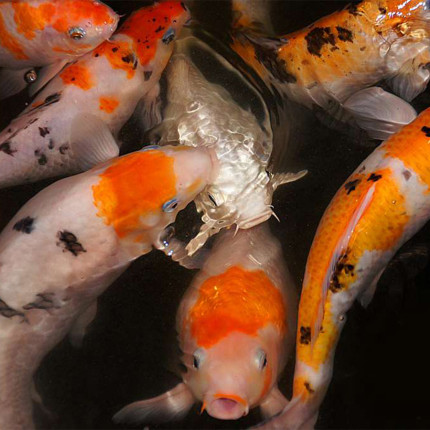
Exclusion programme
This programme’s purpose is to prevent the establishment of pests that are present in New Zealand, but not yet established in the region.
If these pests were to become widely established, their impacts could be severe. Early intervention by preventing their establishment is a cost-effective management approach.
Examples of species in the exclusion programme include koi carp, hornwort and woolly nightshade.
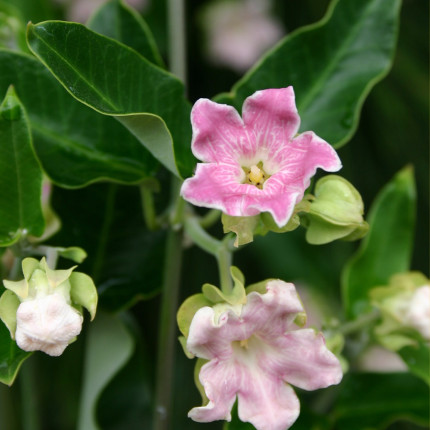
Eradication programme
This programme’s purpose is to reduce the incidence or density of a pest to zero in an area in the short to medium term.
Pests in the eradication programme are present in low numbers or have limited distribution within Canterbury and eradication is feasible.
Examples of species in the eradication programme include egeria, moth plant and yellow water lily.
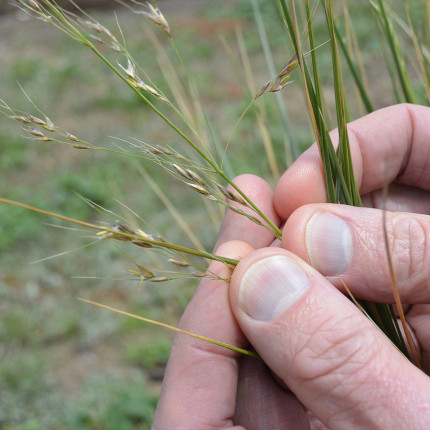
Progressive containment programme
This programme’s purpose is to contain or reduce the geographic distribution of a pest over time.
Generally, these pests are present in low numbers or have limited distribution in Canterbury but have the potential to be highly damaging if they were to become widespread.
Progressively containing these pests, by reducing their distribution over time, is a cost-effective approach to prevent their more extensive spread and impact within the region.
Examples of species in the progressive containment programme include African love grass, African feather grass and puna grass.
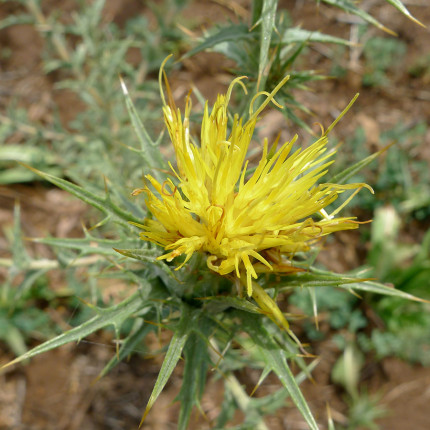
Sustained control programme
This programme’s purpose is to ensure pests are being controlled, and to reduce its impact on values and spread to other properties.
Pests in the sustained control programme vary greatly in their distribution across the region. Some are found in low numbers, while others are already well-established pests.
Examples of species in the sustained control programme include Chilean needle grass, nassella tussock and saffron thistle.
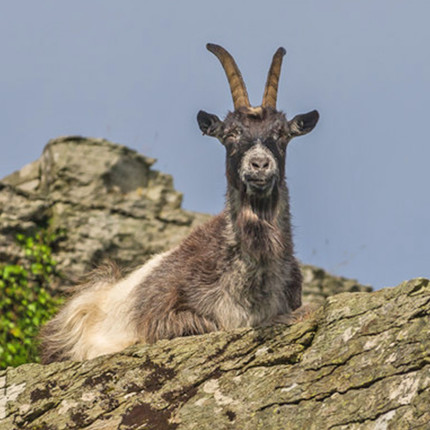
Site-led programme
This programme’s purpose is to exclude, eradicate, reduce or contain pests to protect primarily natural biodiversity at specified sites.
Manage a pest within a specific place to protect the values of that place. Examples of species in site-led programmes include cathedral bells, feral goat and spartina.
Need advice with a pest species on your land?
If you, or someone you know, need information or advice about a declared pest on their land, reach out to our biosecurity team through email, or give our advisory services team a call on 0800 324 636.
Stay informed
Sign up for the biosecurity bulletin, our quarterly newsletter.

